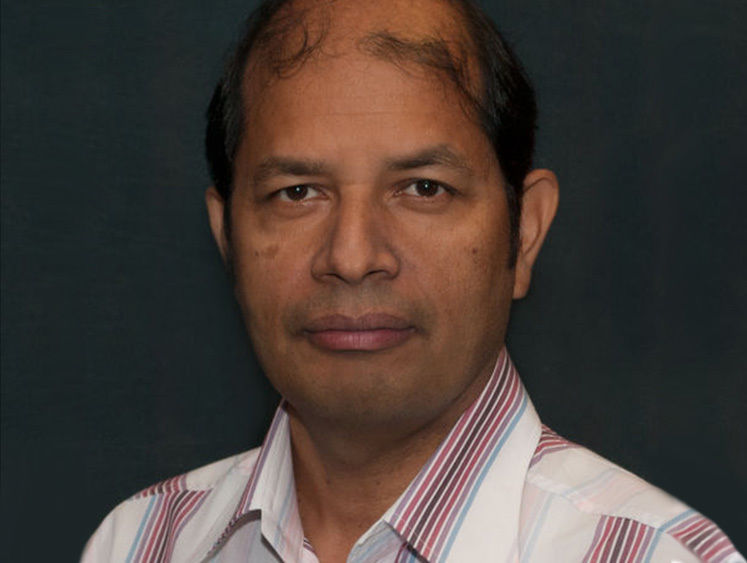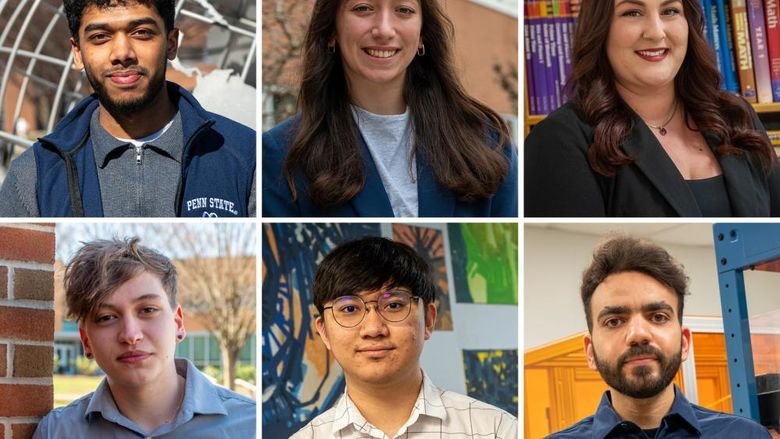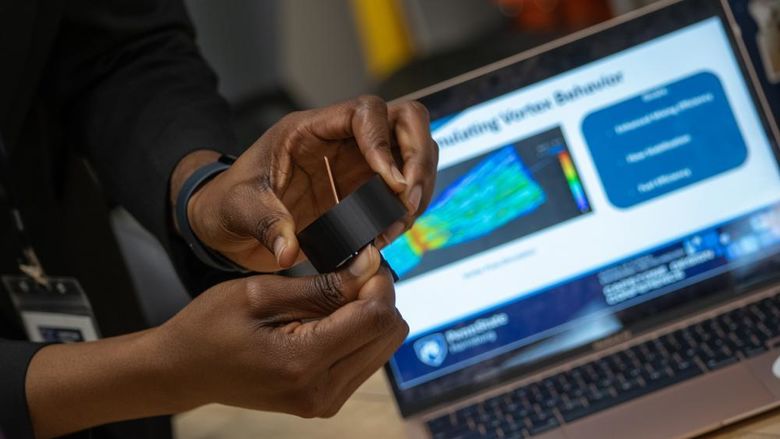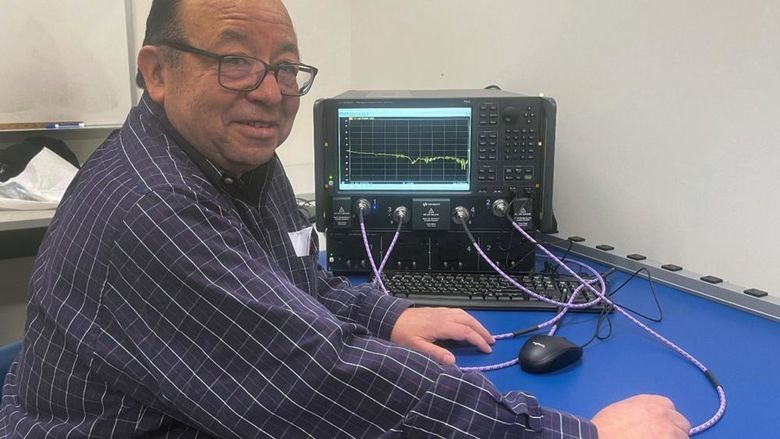
MIDDLETOWN, Pa. — Abu Asaduzzaman, assistant professor of chemistry in Penn State Harrisburg’s School of Science, Engineering and Technology, was awarded a nearly $150,000 grant from the National Science Foundation (NSF), Division of Chemistry, to pursue research into the environmental interactions of mercury in the Arctic.
Studies have shown that when mercury — a toxic element that can be especially harmful for developing babies — is released into the atmosphere, often from mining or industrial processes, it can travel long distances. When it reaches the Arctic, Asaduzzaman said, it oxidizes in the atmosphere and is deposited on the snow and ice.
Asaduzzaman’s research will help understand the fundamental process of the deposition, reduction and diffusion of mercury on the Arctic surface.
His work focuses on how the oxidized mercury interacts with snow and ice and ends up in the aquatic environment, where it becomes part of the food web — taken up by plankton, which are then eaten by small fish. Those small fish are then eaten by bigger fish, which may eventually be eaten by people.
Asaduzzaman said having a better understanding of the reactions of mercury in the environment can make it easier to develop policies to help reduce or contain mercury around the globe.
The project includes research opportunities for undergraduate students as well as a high school teacher, who worked this summer on the project and will translate the research to her classroom through computational chemistry during the 2022-23 school year.
“Receiving this NSF award helps further my research in the environmental sciences. It will also help to recruit more undergraduate students into a research project, which will create valuable experiences for our students,” Asaduzzaman said.
The NSF grant grew from a previous seed grant Asaduzzaman received from the Office of Research and Outreach in 2020. He was one of the inaugural recipients of the Exploration and Analysis Grants for Expanded Research (EAGER), a program aimed at helping faculty pursue external research funding opportunities.
Additionally, Asaduzzaman is part of an 11-person interdisciplinary team from multiple Penn State campuses that was recently awarded a seed grant of $30,000 from the Institute of Energy and the Environment to pursue related research. That team is working to develop computer modeling to help accurately predict the vertical distribution of atmospheric gases around the globe.
The findings from Asaduzzaman’s NSF-funded research will also be included in the global atmospheric model, which will further increase the model’s accuracy.





